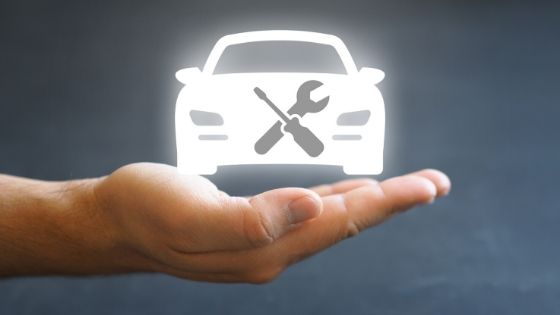Running a small business puts a couple of very important challenges in front of their owners. Setting up an efficient vehicle fleet may not be one of the most frequently discussed matters but that still doesn’t reduce the importance of this issue.
You see, small businesses often have to run on a tight margin while, at the same time, going against tough local competition. In a situation like that, being able to efficiently move your goods from point A to point B and bring it closer to your customers does represent a good way to outmaneuver less nimble competitors.
So, let us take a quick look at a couple of tips that should help you bring your fleet to that pristine shape.


Adapt the fleet to the local needs
Every town or city in the world has its specific demographics as well as traffic frequency. Doing short market research as well as learning about the local logistical challenges will help you build a fleet that will be comprised of appropriate vehicles, capable of quickly navigating the roads in your area and avoid being bloated to the point of becoming unsustainable. For instance, a couple of small fuel-efficient cars will be able to cover a lot more ground in jammed conditions than one bigger truck ever would.
Plan the routes
Without this, your delivery/transportation service would quickly fall apart to pieces. To put it simply, running around without any conceivable plan will cost you a lot of fuel, put a lot of pressure on your vehicles and drivers and take too much time. Instead, all of your drivers should have their routes carefully planned and delivered before they enter the vehicle. Of course, this job will be made considerably easier if you use some of the route planning platforms that have access to GPS data and take into consideration current traffic conditions.
Take care of the maintenance
Well-maintained vehicles are faster and more fuel-efficient. Therefore, you should do your best to create a meticulous maintenance plan (daily, weekly and monthly check-ups) and make sure your vehicles are in top shape at any given moment – the resulting sales will more than make up for the effort. Also, you should stock your company with the best quality car parts like headlights, radiators, absorbers, etc. Waiting for things like these to be delivered when you need them the most can put the operations of your fleet to a grinding halt.
Encourage efficient driving
Aggressive driving not only puts your drivers in danger and wears down the vehicles, but also burns a lot of fuel. The potential time gains are usually lost in the traffic. Take for instance the following stat that says that abiding by city traffic rules saves you $5.71 on a 15-mile (24 kilometers) trip. On the other hand, the vehicle will reach its destination only five minutes later than it would if it was drawn on the brink of the speed limit. Your drivers should be well-aware of these facts and incentivized to follow the rules.
Keep detailed records and monitor fleet efficiency
All of the measures we have proposed so far will produce very inconsistent results if you fail to set up the system that will monitor how well your measures are being implemented and their overall results. This way, you will be able to notice potential leaks, assess the efficiency of your previous measures and make eventual course-corrections. Also, the conclusions you are going to draw from here will allow you to create long-term and short-term plans for the future development of your fleet.
Don’t forget about drivers
One vehicle is only as efficient and productive as the person behind the wheel. This high productivity and efficiency can be achieved through a variety of methods like good scheduling, proper compensation for idle hours and tangible incentives. Still, we would like to point out the importance of including the drivers in all decision-making processes regarding the fleet. This move does not only create a greater sense of responsibility and company ownership amongst your staff but also provides you with incredibly valuable feedback otherwise very difficult to obtain.
We hope these few tips provided you with some general guidelines on how you can make your vehicle fleet faster, more efficient and better organized. The contemporary small business environment is pretty dense and ruthless. In such circumstances, you should use every opportunity to outmaneuver your competitors. Making your fleet leaner does seem like a good place to start.









